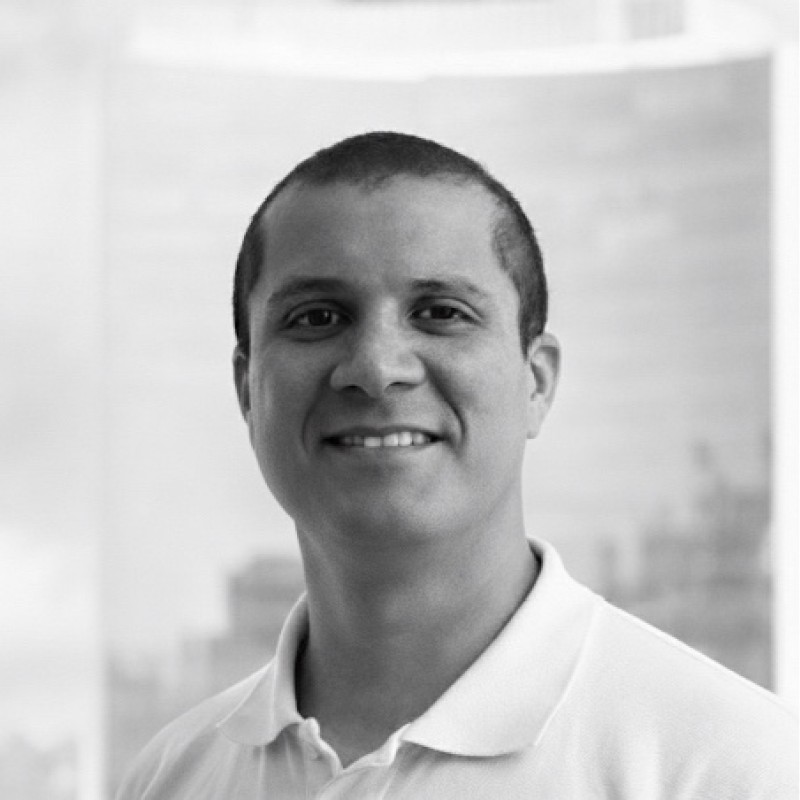We're building ultra-thin metamaterial lightsails optimized via quantum computing for laser propulsion in space. This technology has two revenue streams:
- $50M satellite deorbiting market
- $200M CubeSat propulsion market
- Material licensing to Boeing, Airbus, SpaceX
- Quantum optimization SaaS for aerospace ($50K/month/client)
- Government consortium funding (NASA, ESA, JAXA)
- other interstellar initiatives partnership
- Commercial payload slots ($10M each)
Why now? The space debris crisis (10,000+ satellites) needs solutions. CubeSat industry is exploding. Quantum computing is finally mature enough for materials optimization. We've already validated our design on IBM's 133-qubit hardware.
- 512,000 design configurations tested on NVIDIA A100 GPU
- 8,557 scenarios validated on IBM Torino (133-qubit quantum processor)
- 85.87% manufacturability confirmed
- 4 IBM Quantum jobs executed with verifiable job IDs
- Complete technical specifications and supplier validation
- Solo technical founder with quantum computing background
- Professional website with research page (peer-reviewable)
- NASA NIAC grant application in progress ($2M)
- Initial conversations with aerospace primes
- 3-5 material optimization projects at $100K-200K each
- Quantum computing consulting for aerospace companies
- 10cm × 10cm prototype sales to research institutions
- SaaS platform launch ($50K/month per customer)
- Patent licensing begins
- Satellite deorbiting contracts ($5M-10M each)
- CubeSat propulsion modules ($500K-1M each)
- 20+ commercial customers
- 100+ enterprise customers globally
- Dominant position in space propulsion materials
- IPO or strategic acquisition consideration
- Quantum-validated design: Only company with lightsail optimization proven on real quantum hardware (IBM Torino, 133 qubits). Competitors use classical simulations only.
- First-mover in quantum aerospace: Unique combination of quantum computing + materials science + aerospace. No direct competitors in this exact niche.
- Capital efficiency: Our design costs $254B total vs. other interstellar initiatives's $500B, while being 2× cheaper per mission.
- Near-term revenue unlock: Unlike pure interstellar missions (21-year timelines), we generate revenue in Year 1 from aerospace materials.
- Technical moat: 3-5 core patents pending. Quantum optimization algorithms are trade secrets. 85.87% manufacturability gives us production advantage.
- other interstellar initiatives: $500B budget, 21-year mission, no near-term revenue model. We're 2× cheaper with revenue from Day 1.
- Rocket Lab (Photon): Traditional chemical propulsion. We offer laser propulsion - no propellant needed, lighter weight.
- Morpheus Space: Electric propulsion for satellites. Different technology, slower acceleration.
- Only quantum-validated design in the industry
- Hybrid business model: near-term revenue + long-term vision
- Smaller sails (32 m² vs. Starshot's 16 m²) = easier manufacturing
- Lower cost per mission while maintaining performance

Quantum computing researcher focused on advanced materials for space propulsion
LinkedIn: linkedin.com/in/heinzjungbluthganoza
- Quantum computing expertise: Led quantum optimization validated on IBM's 133-qubit Torino processor. 8,557 scenarios tested with 100% success rate.
- Technical depth: Personally wrote all optimization code (GPU + quantum). Can speak credibly to aerospace engineers and quantum researchers.
- Lean execution: Solo founder advantage = capital efficiency. Built entire technical validation with <$5K cloud computing budget.
- Long-term commitment: This is a 20-year mission. Need founder who's technically deep AND willing to build for decades.
- Co-founder CTO: PhD Materials Science, ex-NASA JPL/SpaceX (15-25% equity)
- Chief Scientist: PhD Physics/Quantum, 10+ publications (5-10% equity)
- VP Business Development: 10+ years aerospace sales (3-7% equity)
- Network access: Introductions to Founders Fund, Lux Capital, a16z (deep tech specialists). Connections to aerospace primes (Boeing, Airbus, SpaceX).
- Go-to-market strategy: How to land first 10 customers in aerospace (notoriously slow sales cycles). Advice on government contracting (NASA, DARPA).
- Hiring: Help recruiting world-class CTO and Chief Scientist. Access to YC talent network.
- Credibility boost: YC badge opens doors in aerospace/defense. Helps with NASA NIAC application and private investment partnerships partnership.
- Fundraising guidance: Deep tech requires patient capital. Need guidance on structuring Series A for hardware + long R&D cycles.
- $800K (40%) - Team:
- Co-founder CTO + equity
- Chief Scientist + equity
- 2 Senior Engineers
- $600K (30%) - Prototype Development:
- 10cm × 10cm lightsail fabrication
- Ground-based laser testing (1 MW)
- Materials characterization equipment
- $400K (20%) - IP & Legal:
- 3-5 core patent applications
- Legal entity setup (Delaware C-Corp)
- Contract negotiations
- $200K (10%) - Operations:
- Cloud computing (quantum + GPU)
- Office space / lab access
- Business development travel
- 10cm prototype demonstrated
- First 3-5 commercial contracts signed ($500K revenue)
- NASA NIAC grant secured ($2M)
- Series A raise ($15M) from Founders Fund or Lux Capital
📊 Pitch Deck: View YC Pitch Deck on Canva
Video Script (reference):
[0:00-0:10] Hook:
"In 2053, humanity will see close-up images of another star system for the first time. We're the company making that happen."
[0:10-0:25] Problem:
"Space debris is a $50M problem. CubeSats need better propulsion. And we're not an interstellar species yet. All three need the same solution: ultra-efficient laser propulsion."
[0:25-0:40] Solution:
"I'm Heinz, and I've built quantum-optimized metamaterials validated on IBM's 133-qubit computer. We generate revenue TODAY selling to aerospace companies, while building toward humanity's first interstellar probe."
[0:40-0:50] Traction:
"512,000 configurations tested. 85% manufacturability confirmed. Targeting $300M revenue by year 5."
[0:50-1:00] Ask:
"We're raising $2M to build prototypes and hire our co-founder CTO. Join us in making humanity an interstellar species."
Ready to Review
Complete Y Combinator application for Winter 2026 batch. All technical claims are verifiable through our research page.